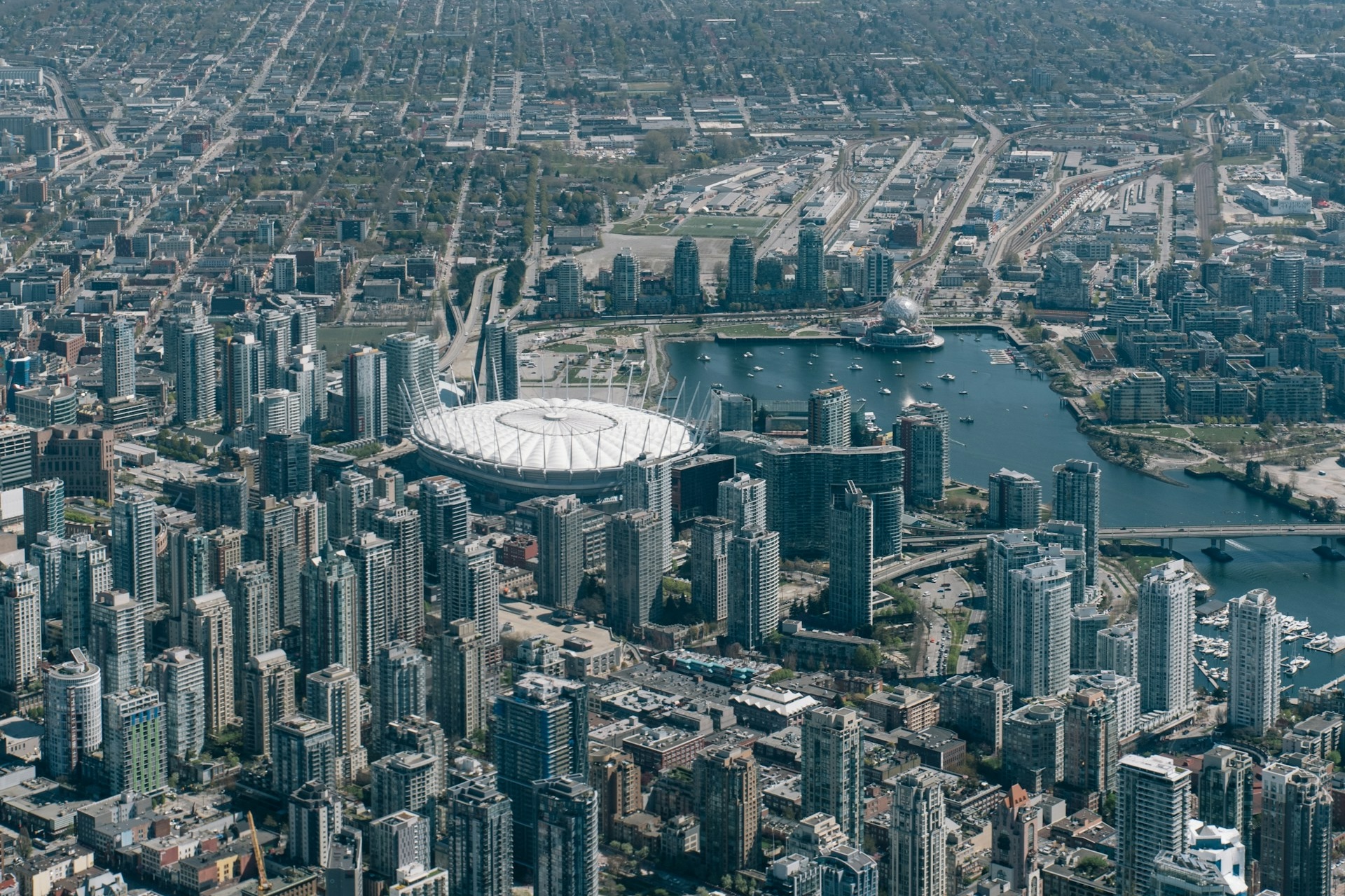Unit prices across Australia are swiftly converging with those of houses, with new data showing a significant narrowing of the price gap in major urban areas.
Nuestar and Hotspotting analysis shows apartments now leading in price growth across several suburban areas, challenging the traditional dominance of houses across all states.
Brisbane leads the charge with 76.3 per cent of its apartment markets showing stronger growth than houses over the year, while Perth follows closely behind, with 75 per cent of its apartment markets outperforming houses, driven by affordability and rising demand.
Sydney’s apartment market is also thriving, with 71.4 per cent of its apartment markets surpassing house price growth.
Read more about your state here:
> QLD: Units vs. houses: A tale of two cities
> VIC: Melb suburbs where units save you $1m
> SA: Where you can buy a house for a fraction more than a unit
> NSW: Apartment price growth outpacing house markets
Nuestar Founder and Director of Property Michael Wilkins said changing market conditions were challenging the old paradigms of real estate.
“The common view is that the real money is in land, not apartments. However, that’s not our experience,” he said.
“With lifestyle benefits, lower costs, and outstanding locations, apartments are fast becoming the preferred choice for both homeowners and investors.
“Prices per square metre are continuing to rise, and developers are recognising that quality design, premium inclusions, and integrated amenity are increasingly the key to market appeal.”
Apartments are increasingly outperforming houses in price growth across multiple regions, new data shows.
Supplementary data by Ray White shows the gap between houses and units was closing the fastest in Brisbane.
The cost of a unit in Augustine Heights and Brookwater currently sits at $1,009,969 – just $12,975 shy of the $1,022,944 median house price.
Wolffdene and Bahrs Scrub also had house-to-unit price ratios of under 5 per cent.
In Darwin, Lyons is a suburb to watch with just $87,761 between houses and units, while Mandurah in had the smallest price ratio.
In Melbourne, unit prices were quickly catching up to house prices in Doveton, Hampton Park – East, Yarra Valley and Frankston North.
Seaford Rise and Moana in South Australia offered the smallest house-to-unit price ratios, while St Clair ranked in top spot for Sydney.
Ray White chief economist Nerida Conisbee said the appeal of units was only set to grow, particularly as houses in blue-chip postcodes remained out of reach especially for first-home buyers.
“People have been priced out of houses in suburbs like Hawthorn for a long time, but units remain accessible,” Ms Conisbee said.
“It’s a trade-off: do I want a big backyard, or am I happy with a smaller home in a better location?”
MORE NEWS
Shock salary you now need to buy a home
Why luxury home dream could be out of reach for millions
Great Aussie dream crushed by cost surge
Ray White chief economist Nerida Conisbee urges buyers to embrace apartment living as home ownership was increasingly becoming more expensive.
Ms Conisbee said Australia was undergoing a slow cultural shift, from suburban sprawl to inner-city density, but was still coming to terms with the change.
“We still love the idea of having a big house and a lot of land,” she said.
“The reality is household sizes are shrinking and it’s much cheaper from an infrastructure perspective to increase density.
“That means more people will need to embrace apartment living, especially if they want to stay in high-demand suburbs.”
Ms Conisbee said rising construction costs was helping to improve values for quality units.
“It’s becoming harder and more expensive to build new apartments, which is why quality units in desirable locations are actually holding their value, or even outperforming.”
Supplementary research by Nuestar and Hotspotting found 62.9 per cent of apartment markets recorded higher or equal median price growth compared to houses over the 12 months to May, 2025.
















 English (US) ·
English (US) ·